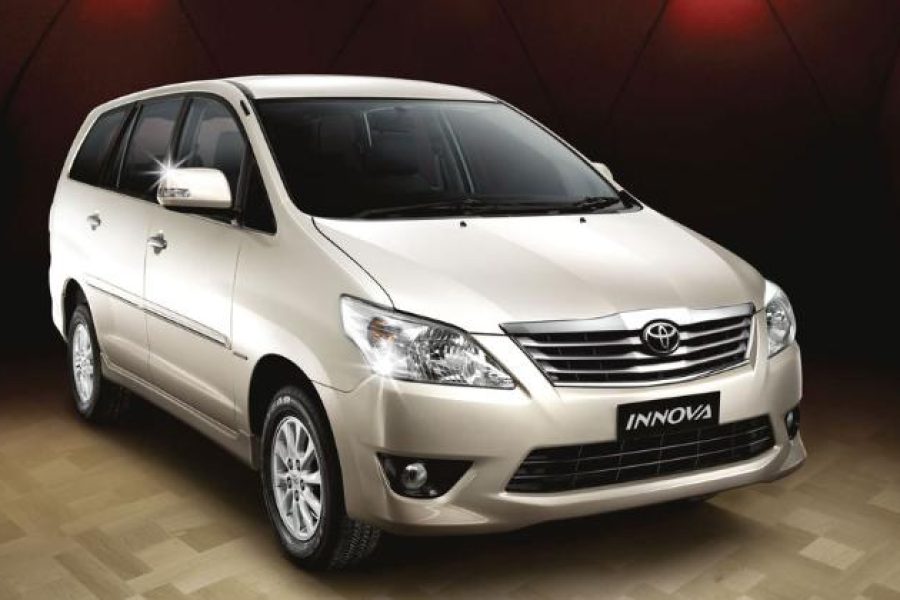
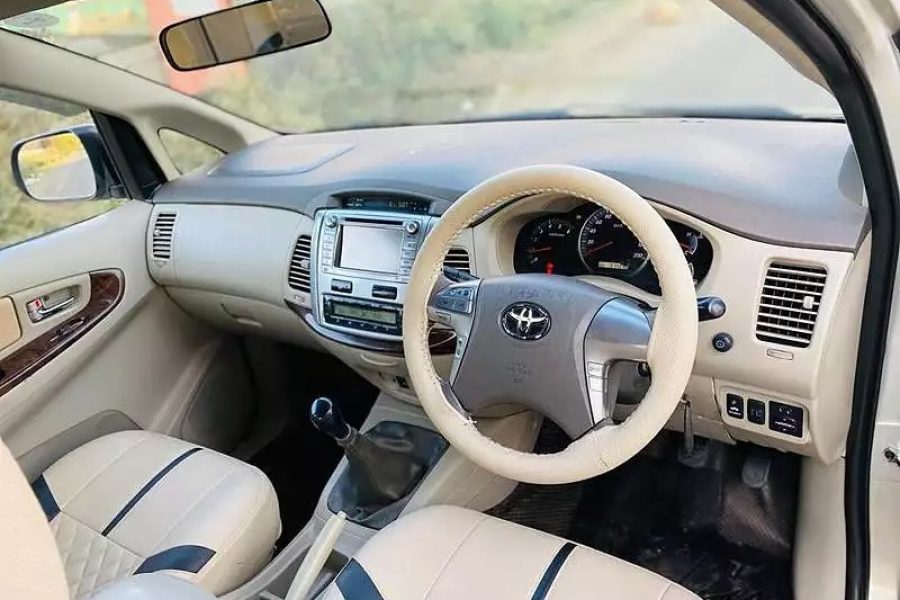
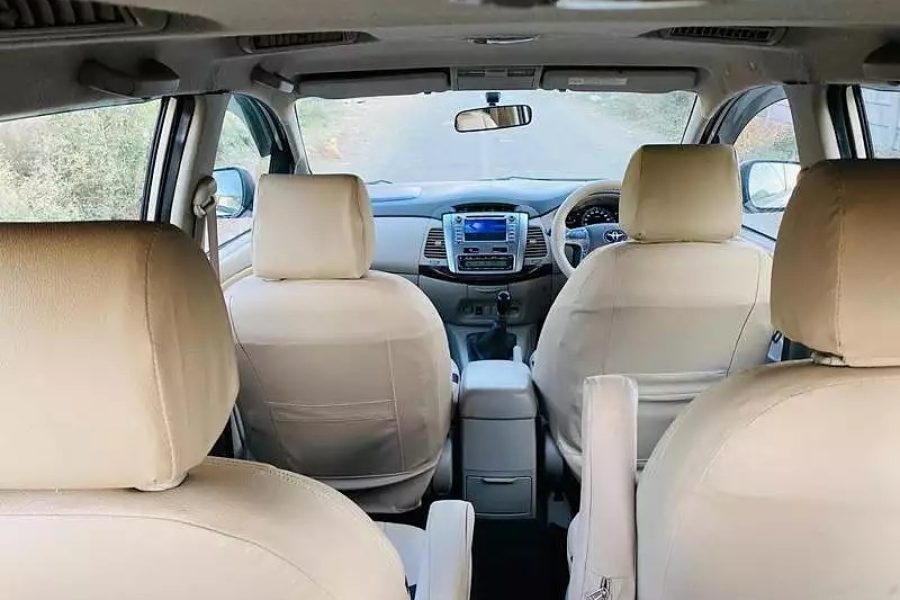
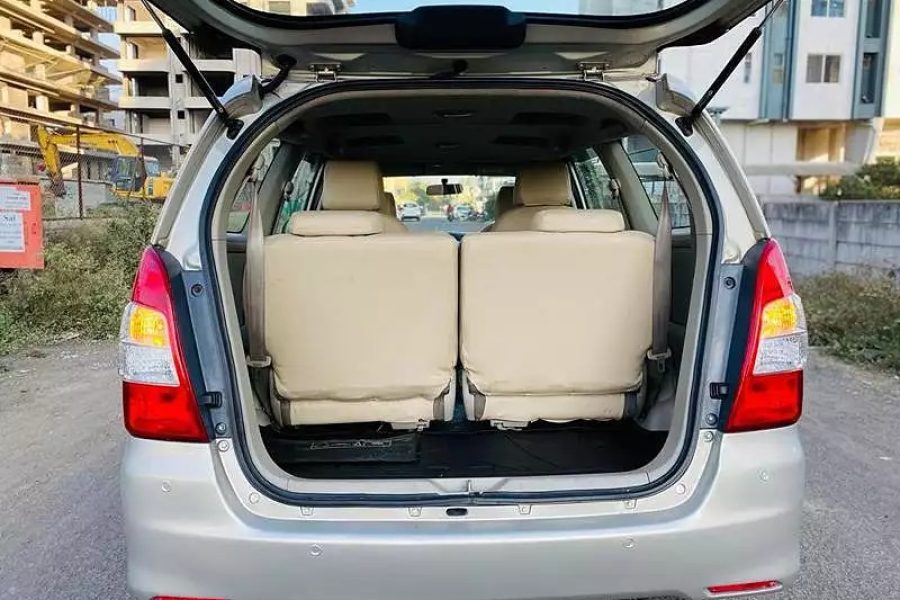
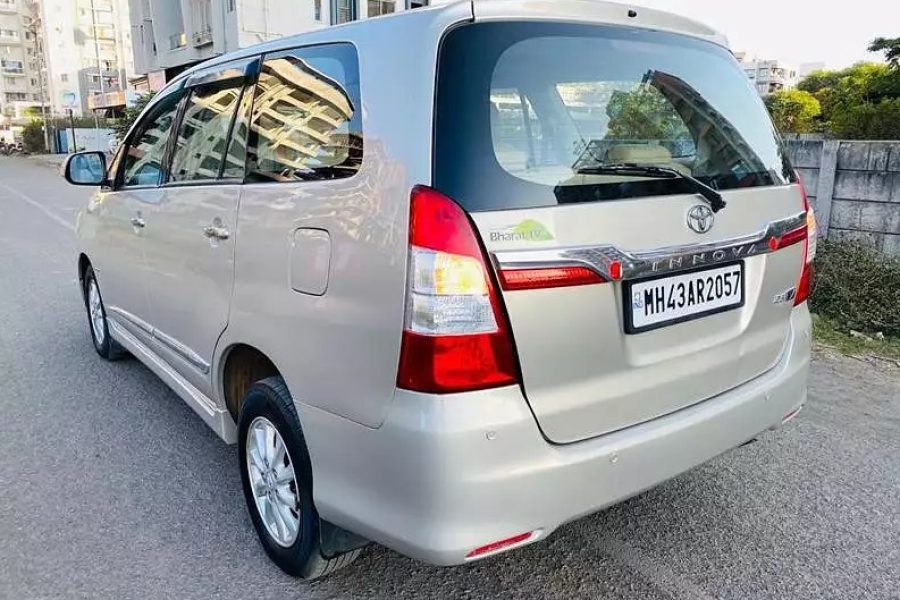
In September 2004, Toyota debuted the first-generation Innova (designated AN40 series) in Indonesia. It followed the 2003 introduction of the Avanza—the replacement for low-spec versions of the Kijang. Badged as the Kijang Innova, the first-generation Innova in Indonesia was marketed as the fifth-generation Kijang to maintain the lineage with the fourth-generation model. It also had a more upmarket positioning than the latter.
Development started in 1999, and was led by Kaoru Hosokawa, the chief engineer and product planning leader of Toyota Commercial Vehicle Development Centre. Targeted annual production in Indonesia was 80,000 units, including 10,000 units for export.
Compared to the long-wheelbase fourth-generation Kijang wagon, the Innova was made 30 mm (1.2 in) longer and 100 mm (3.9 in) wider while gained a more rounded MPV proportions. Its wheelbase also grew by 100 mm (3.9 in). Unlike its predecessor, the Innova could be equipped with modern safety features such as ABS and airbags as it was designated as a more global oriented model. Other technologies incorporated to the Innova include throttle-by-wire and variable valve timing. It adopted independent double wishbone front suspension with coil springs and stabilizer bar and a four-link solid axle rear suspension with a lateral rod.
Depending on the market and grade level, the Innova could be configured as a two-row five-seater vehicle (such as in Taiwan), or a three-row vehicle with either eight seats or a more upscale seven-seat layout with captain seats for the second row.
Leave a review